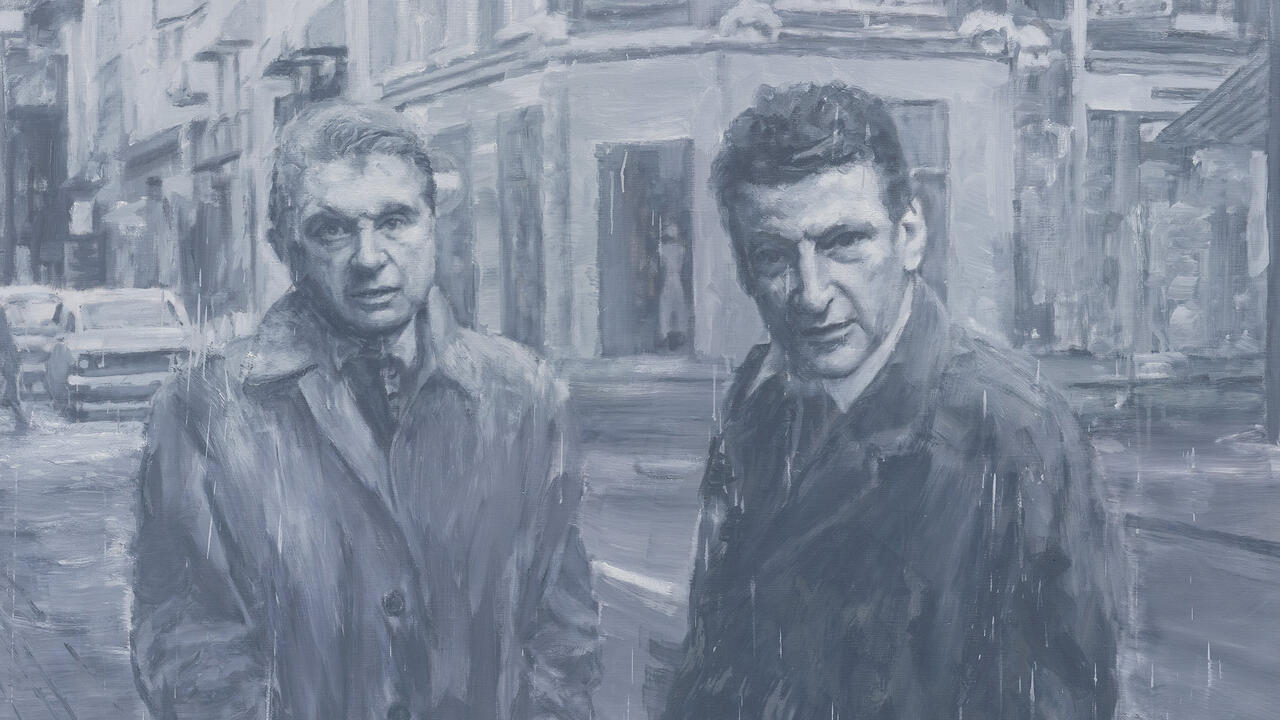Steve Reinke
LUX, London, UK
LUX, London, UK

Steve Reinke’s show ‘Hobbit Love Is the Greatest Love’ was something of an anthology of the Canadian video-maker’s career: two hard drives and two monitors gave viewers access to his recent material as well as to ‘The Hundred Videos’ (1989–96), his own anthology of his work as a young man. The inventory is key to Reinke’s practice, in which semi-confessional videos assemble musings on critical theory and pop songs, desires and fantasies, historical events and pornography, offering him endless permutations of ways to make ironic but pointed juxtapositions. Andy (1997), for example, contrasts a man listing his dull decorating choices in minute detail (colour scheme: cream, ivory and off-white) while appearing in different choices of underwear, rubbing his cock for the camera as though proffering a series of pornography options. Reinke pounces on the moment when the presence of two items in a list creates a levelling of unlikely objects. In his Anal Masturbation and Object Loss (2002) he is shown gluing together the pages of the texts ‘Oral Autoerotic, Aggressive Behaviour and Oral Fixation’ and ‘Anal Masturbation and Object Loss’ (an act that gained unexpected resonance after reading in the last issue of frieze (issue 120) about the censoring of a homo-erotic text by Cerith Wyn Evans, by gluing its pages together after the catalogue was printed). In the video Reinke explains that he is preparing a library for his new art school, in which discourse will be limited to three subjects: classical rhetoric, theosophy and Martin Heidegger – and Heidegger ‘not as a philosophic system but as a series of provocative compound words’. Following on from this move from philosophy to words, the commentary then considers the relation between meaning and physical space occupied – for example, by glued-together books or the projection of a video in a gallery – while also lampooning Heideggerian etymological riffs and the desire for a precision of meaning (‘I would like anal masturbation to refer only to anal masturbation’) so drastic that ideas turn from sculptures to objects to placeholders (‘Object Loss’). The film is a tour de force.
In the gallery – the temporary exhibition site of LUX, a distribution agency for artists’ moving image works – Reinke arranged photographs of American servicemen who died in Iraq in order of their looks (The American Military Casualties of the Second Gulf War for Whom Photographs Were Available as of November 6, 2006, Arranged by Attractiveness, 2006), again provocatively inverting conventional organizing principles but also pushing to an extreme his persona as gay aesthete, interested only in ‘flowers and boys’, as he puts it in one film, or even as gay pervert, delivering immodest confessions and fantasies in his friendly, almost hokey, Canadian accent. Such an alter ego – or just ego in extremis – is one of the most interesting aspects of Reinke’s practice, suggesting not only a sustained project of construction of the self (similar to his penchant for turning individual videos into larger projects – such as ‘The Hundred Videos’ or his current series ‘Final Thoughts’, which will continue, he says, until he dies) but also his investigation of the way in which art theory, the diaristic form of avant-garde cinema and home use of videos has developed a rhetoric of conflating the technological apparatus of the video with one’s own ordering and remembering capacity: mind as machine, memory as pop songs and Super-8 reels, happiness as photographed flowers. By trespassing and acting within these genres Reinke’s videos push to the limit the capacity of the videotape to function as a means of ‘making sense’ of material, whether this material is a library, a philosophical system, sexuality or the self.
























